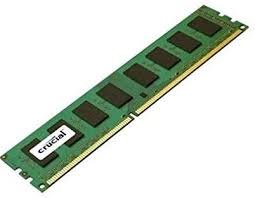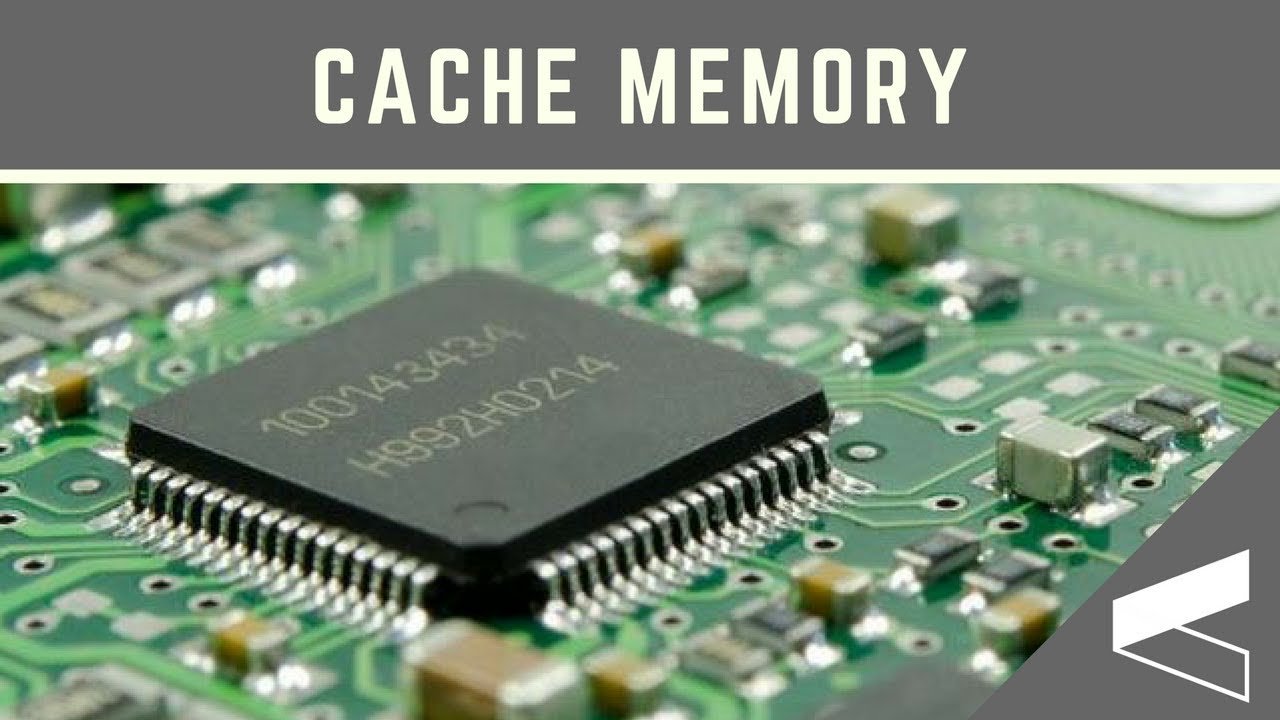computer memory
computer memory
Introduction:
Data and instructions which are entered into the computer must be stored inside the computer
before the actual process can start. The resulting information produced by the computer must be
preserved for ongoing process.
| Computer memory | capacity |
| 1 bit | 1 binary digit |
| 1 nibble | 4 bits |
| 1 byte | 8 bits |
| 1 Kilobyte (1 KB) | 1024 byte |
| 1 Megabyte (MB) | 1,048,576 1 million bytes |
| 1 Gigabyte (GB) | 1,073,741,824 1 billion bytes |
| 1 Terabyte (TB) | 1,099,511,627,776 1 trillion bytes |
We are going to look at 3 classification of computer memory which are
1. Internal processor memory
2. Primary memory (main memory)
3. Secondary memory
1. Internal processor memory
➢ A small high-speed memory inside the processor (C.P.U)
➢ This memory temporarily stores instruction and data
➢ Example: Register, Cache memory.
a) Register:
➢ Registers are small, high-speed storage locations in the processor that temporarily
holds data and instructions
➢ A register stores the next instruction to be executed by the C.P.U and also the
results after the execution
b) Cache memory:
➢ A cache is a small and very fast temporary storage memory
➢ A cache helps speeds up the processing time when processor request Data,
instructions or information e.g. A browser has a cache memory to store a copy of
web files locally so that it can be searched and retrieved faster.
2. Primary memory (main memory)
➢ A primary memory is also commonly known as the Main memory.
➢ Located on the motherboard and directly connected to the C.P.U
➢ Data and instructions are stored for the operation of the processor (C.P.U)
➢ Stores final results before sending them to output devices
Types of Main memory
❖ RAM (Random Access Memory)
❖ ROM (Read Only Memory)
a) RAM
➢ Stands for Random Access Memory
➢ The RAM is a temporary storage that can be read or written into by the user
➢ It is Volatile (it keeps data or instructions as long as the computer is connected to a
power supply source)
➢ When the power goes off, the information or data in the RAM is lost.
Types of Ram
Basic types of RAM we have are Static Random-Access Memory (SRAM OR Static Ram) and
Dynamic Random-Access Memory (DRAM or Dynamic Access Memory)
a) SRAM
• Stands for Static Ram
• An SRAM retains stored information as long as power supply is on
• The SRAM consumes more power and costs
• They generally have a higher speed than DRAM.
b) DRAM
• Known as Dynamic Ram
• Keeps data when computer is ON
• DRAM needs to be refreshed periodically
• It is slower than an SRAM and also cheaper
b) ROM
➢ Stands for Read Only Memory
➢ It is a permanent memory that can store Basic Input and Output System (BIOS) Instruction to run
the computer when turned on
➢ ROM is a Non-volatile memory (Its contents are not lost when the computer is turned off)
➢ Data stored cannot be modified
➢ Contains Bios system
Types of ROM
Some types of ROM are PROM, EPROM, EEPROM
a) PROM:
➢ Stands for Programmable Read Only Memory
➢ In this type of ROM, data stored by the programmer or company cannot be altered or modified
➢ Many machines use this
b) EPROM:
➢ Stands for Erasable Programmable Read Only Memory
➢ From the word “Erasable”, means we can change the data
➢ We change with the help of Ultra-Violent rays
➢ Much expensive than a PROM
c) EEPROM:
➢ Stands for Electrical Erasable Programmable Read Only Memory
➢ Can Erased one byte a time when connected to a power source
3. SECONDARY MEMORY
➢ A storage place where we store our personal data in computer system.
➢ Data stored in a secondary memory can easily be retrieved when needed.
➢ It is non-volatile. Its content can’t be lost as power goes
Accessing data in a secondary memory
a) There are two methods for accessing data from a secondary memory which are Sequential
access and Direct access
a) Sequential access:
➢ This is an accessing method which the Data is accessed line by line e.g. magnetic tape
b) Direct access:
➢ This is a method in which computer can go directly to information that the user wants e.g.
Magnetic disk (Hard Disk, Floppy disk) Optical Disk (Compact Disk (C.D), Digital Versatile
Disk (DVD))
QUESTIONS
1. Briefly describe each of the following types of memory
a. Primary memory
b. Secondary memory
2. state the difference between the RAM and the Hard disk as storage media
3. give two reason why a system need a secondary memory
4. what is the difference between volatile and non-volatile memory giving example in each case
5. Distinguish between Random Access Memory (RAM) and Read Only Memory (ROM)
6. explain the difference between computer’s RAM and ROM in terms of
i. the role of the data and instructions held in them
ii. The ability to modify the data and instructions held in them
7. what is meant by the following and give the function of each
a. cache memory
b. Reg

RAM
















